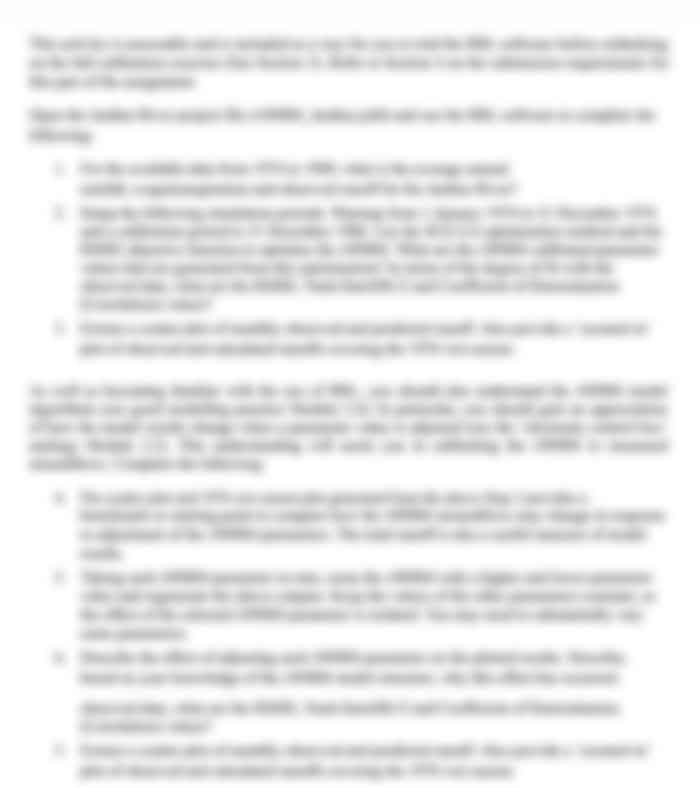Create an Outline of Strategic Marketing Plan
- Subject Code :
MPK733
- Country :
Australia
Assessment
This outline of the minimum content is to be read in conjunction with the assessment requirements detailed in the Assessment Brief for A1.
As every strategic marketing plan is unique, there is no such thing as a typical strategic marketing plan. However, the following guideline outline the minimum required content to be included in A1. It is provided as a checklist of the minimum content to be included, however writing a strategic marketing plan is also a creative task, and so in addition to the minimum content requirements, please add your own innovative approaches, such as other sections, headings, and sub-headings.
Overall presentation in A1 needs to use graphs, tables, and charts throughout your strategic plan and presentations, where appropriate. To this end, use the required format for specific tools (such as PEST Analysis, Product Form Competition, Critical Issues Analysis etc.), where applicable. Each group should decide on a style template for the individual strategy sections so that the materials come together in the group presentation with a strong consistency of style.
Strategic marketing plan
Introduction
This section needs to define the boundaries and scope of the business, the industry categories that identify the competitors, and where you will compete for market share.
External Environment Analysis
Broader Environmental Forces Analysis: This section must include a PEST analysis (not a SWOT analysis) supported by Trends Analysis, and if only appropriate, scenario analysis. The PEST analysis must include weightings and rankings as discussed during the trimester. Present your PEST analysis following the template and discuss the main findings of the PEST Analysis in your report. Give reasoning for the importance given to each dimension (political, economic etc.). Some factors included in the PEST analysis under different dimensions will be the same for all group members, and others will only be relevant to the group member's individual strategy section.
Competitor Analysis: This section needs identification of competitors in different product markets that you plan to operate in, and their relative strength in each market. Group members should use a similar competitor set but focus their competitor analysis on competitors' characteristics and strategies relevant to their individual strategy section.
Tools to be used in competitor analysis include Forms of Competition, Strategic Group Analysis, and Porter's Five Forces Analysis. Please include at least two tools in this section that are most appropriate to your individual report.
Customer Analysis: In this section, you must analyze how different segments in the market differ in their characteristics by analyzing potential sources of heterogeneity. Further, you must also present trends of dynamism in terms of changes in customers attitudes and behaviour by analysing sources of dynamism.
Tools to be used for customer analysis include STP Approach (segmentation, Targeting, and Positioning), CBBE Pyramid (customer-based brand equity), and customer life cycle approach. Please include at least STP in this section, preferably supported by another tool that is most appropriate to your individual report. Here, you need to focus on how your most important competitors are targeting different segments and have positioned themselves in the marketplace.
Consolidating External Analysis: This section must summarize the findings of the previous external analyses in the form of
a) Identification of Critical issues that are important for competitors to address to successfully compete in the market, by identifying the key problems or opportunities addressed in the strategic marketing plan earlier and linking them to the competitor landscape or customer preferences or trends. Throughout this section, cite the data from your strategic analysis that supports your argument. Please include importance rating of each issue, as discussed in the seminar.
b) Competitive Strength Grid (CSG) analysis. The CSG must also include weightings and rankings for 4-5 key competitors. A Strategic Competitive Advantage is developed for an identified set of competitors in the context of industries they operate in and customers they serve. Therefore, it is vital to assess whether a competitor is weak, adequate, or strong with respect to the identified set of assets and competencies required to compete successfully in a market (Key Success Factors). The goal is to engage in a strategy that will match up with competitors' points in relevant areas (Aaker 2014: 116).
c) Perceptual Maps: For important factors on which competitors are currently positioned in the marketplace.
High Level Marketing Strategies
Marketing objectives: Here you should state and discuss what is to be achieved in terms of objectives for the time period of your strategy and how these objectives will be met. Include your mission, vision, and goals.
State the rationale for these decisions, drawing on findings from strategic analysis tools as well as strategic positioning tools relevant to your strategy section such as the Industry Life Cycle and Product Life Cycle. Most importantly, draw on the findings of your external analysis (section B) to support your arguments.
Product-market strategies, STP for your business, and Customer Value Propositions: Here, you need to discuss how to achieve your objectives. Here you will focus on your individual component of the recommended strategy for the segments to be targeted, including the key components/features of the value proposition to be developed for each segment/client. You will identify to components of the strategy by presenting the main elements of your strategy. For example, if you are focusing on product strategy then you should discuss the key elements of branding, product mix and product line strategy, product positioning, etc. Alternatively, if you are focusing on promotion strategy then key elements of promotion including the communicating your positioning strategy, use of promotional tools you will use, and where and when you will use them.
Strategy Implementation, Evaluation, and Control: This section includes resource allocation for strategy implementation and care must be taken to ensure that any figures presented are accurate and well justified. State the figures, then under a subheading such as a Rationale' state any assumptions on which forecasts are based and the justifications for the recommended expenditure.
An action plan is also required in this section setting out details of the activities required to implement the strategy recommendations, timing and responsibilities, and a brief description of the control mechanisms that will be used to monitor performance over the timeframe of the recommended strategies i.e., the key metrics (for what is to be measured, how it is to be measured and how often it is to be measured).
Please note that in a strategic marketing plan this information is fairly broad and considerably less detailed than what is required for an annual (operational) marketing plan.

